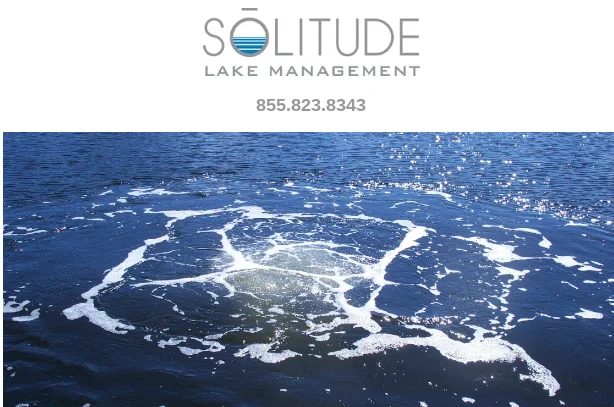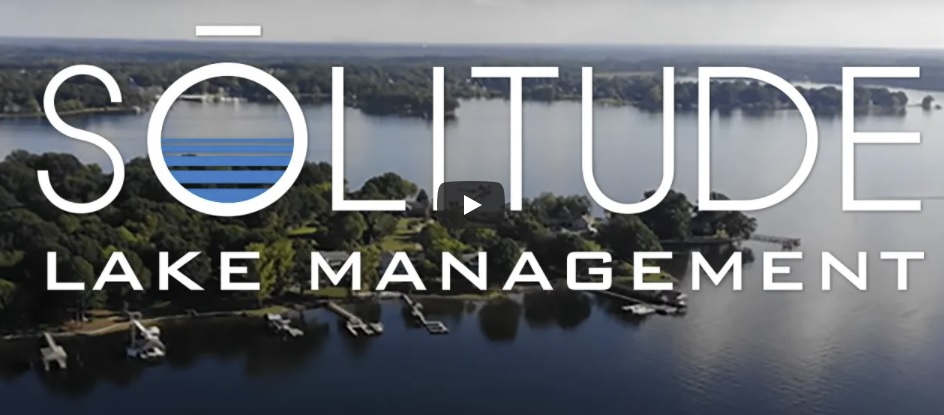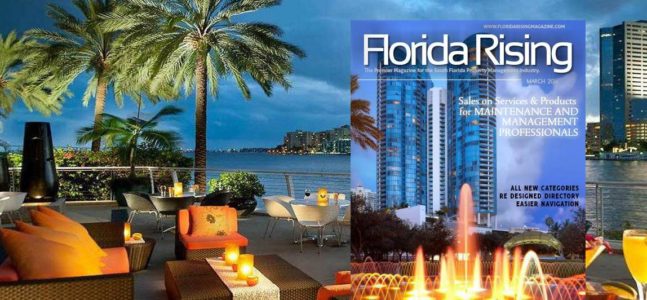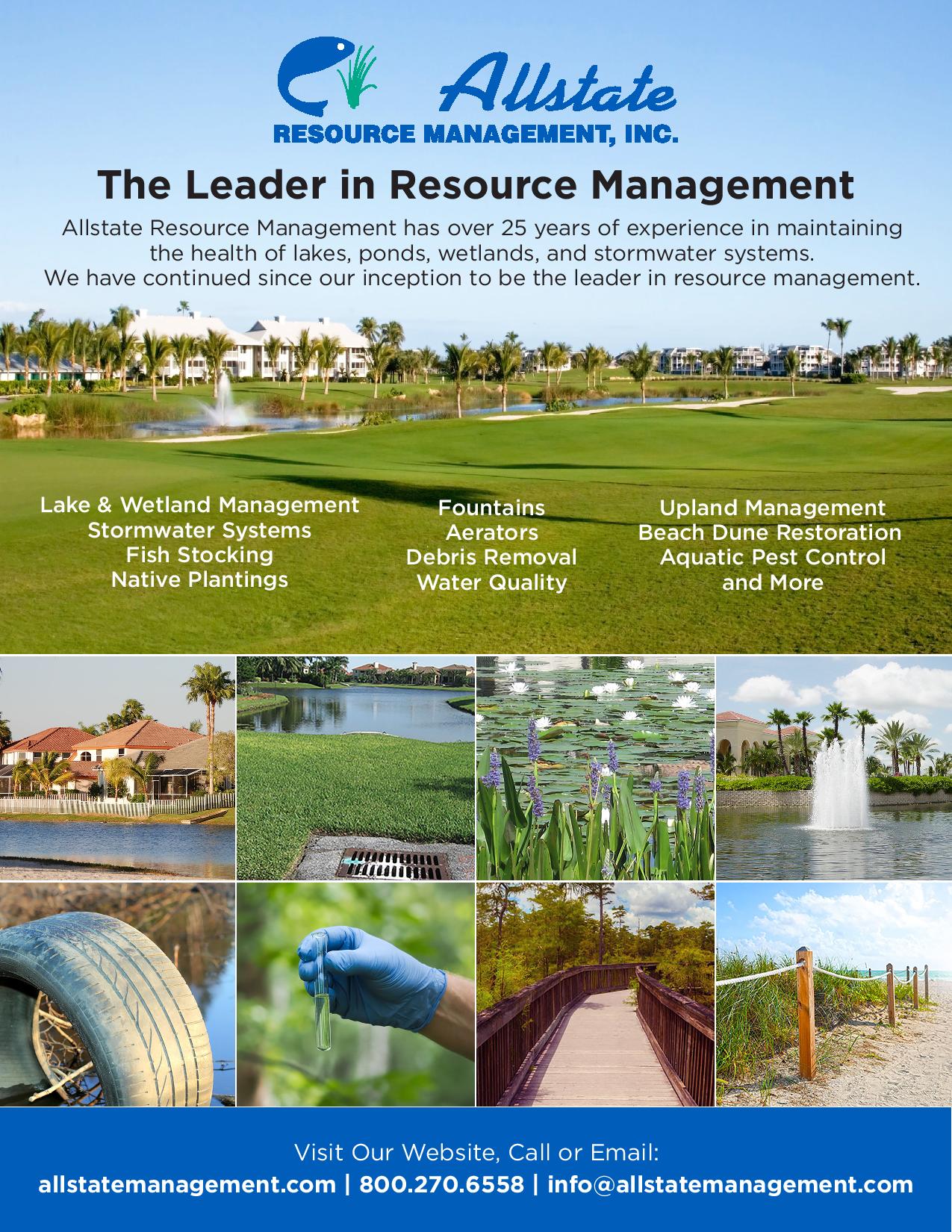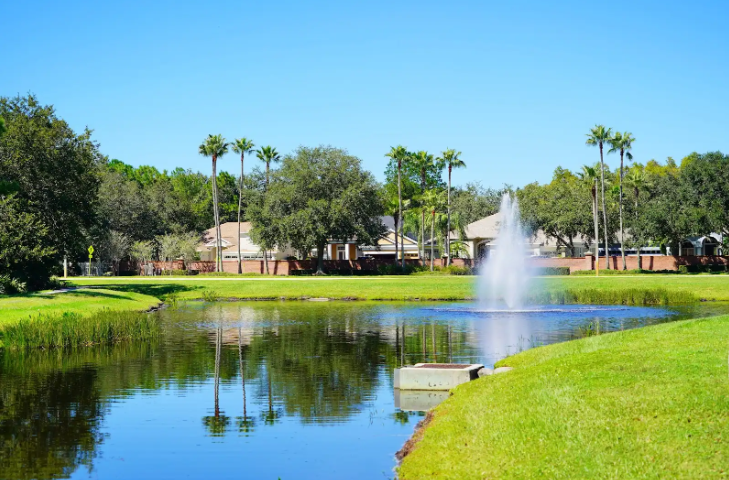Is Pond and Lake Algae Bloom Dangerous? by SOLitude Lake Management.
Warm weather often comes with an increase in algal blooms in our waterways. Algae is a nuisance – it can grow in slimy, smelly mats, create eyesores, and entangle swimmers and fishing hooks.
Rather than creating places to connect with neighbors, watch beautiful sunsets, and host fun activities, waterbodies containing nuisance algae growth can lead to nasty comments and complaints. But in worst-case scenarios, it may pose a danger to the community.
Although most algae aren’t dangerous to our health, we must be mindful and diligent about limiting our exposure to certain types of algal blooms. Harmful Algal Blooms (HABs), also known as blue-green algae or cyanobacteria, are a very serious issue impacting the safety of our waterways. Exposure to HABs can be life-threatening for people, pets, and wildlife due to toxins they are capable of releasing.
However, the toxicity of an algal bloom cannot be confirmed with a visual inspection. Suspected HABs must be sampled and tested at a lab to confirm the species of algae present. Once the species is confirmed, a management plan can be implemented.
What does harmful algae look like?
Harmful algal blooms can look like blue or green paint spilled into the water. It may also appear as thick, puffy blue or green foam on the surface of the water, or as swirling colors beneath the surface of the water. HABs can also have distinct smells that have been described as grassy, fishy, or septic.
What should I do if I suspect the presence of harmful algae?
Here are four things to do – or not do! – if you see anything that looks like an HAB in your waterbody:
- Call a professional immediately: It is impossible to tell from a visual inspection whether an algal bloom is toxic. It must be appropriately sampled and tested.
- Avoid it: Do not swim or wade through blue-green algal scums. Do not boat, water ski, jet ski, or fish where algal scum is present. And certainly, don’t source drinking water where algal blooms are present!
- Keep pets out: Do not let your pets swim in or drink from the water. Toxic algae blooms can be fatal to dogs and other animals. Even short exposures to some HABs can be fatal.
- Take extra precautions: If you or your family members, including pets, have been in water with any algae present, always shower off with soap and clean water after swimming.

Keep Your Water Safe and Clean with Annual Management
Keeping your community safe and happy is an utmost priority – because safe, happy residents are more engaged with each other, pleased with community leadership, and proud of where they live. An annual management program is one of the best ways to maintain the safety and aesthetics of your waterbodies. When monitored and managed on a consistent basis, it’s possible to identify and get ahead of HABs or other water quality problems before community members are affected.

Annual Management Programs Tailored to You
Annual management programs are tailored to your specific needs, and may integrate an array of professional tools and strategies, including water quality testing, fountains and aeration, nutrient remediation, biological bacteria applications, shoreline management and restoration, bathymetric mapping, and mechanical solutions like mechanical hydro-raking or dredging. Contact your lake management professional to begin designing your custom annual management program.



